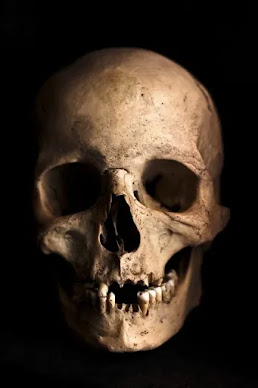Reading Notes: Week 12 "Celtic Fairy Tales" Part B
Farmer talking to Ivan. 1892. John D. Batten. (Source: Celtic Fairy Tales)
The Tale of Ivan
Out of all the stories of Part B, maybe even the whole unit, "The Tale of Ivan" was my favorite. I liked Ivan as a character, which is not always something that happens with fairy tale characters for me. I might like the story, but the main character themselves I won't like. Ivan is more of a human in this story, rather than an idea in human form as is usually the case with fairy tales. The farmer is also a very curious character. His name is never mentioned, and all the advice he gives Ivan leads Ivan into success, a steady income, and saves his life more than once.
It's true Ivan had to follow the farmer's advice in the first place for it all to work, but the farmer gave very situationally specific advice. It makes me wonder if the farmer was really a farmer or perhaps some entity. He doesn't seem to match the typical idea of fairies, but I wonder if he wasn't some spirit or other folkloric entity.
It would be very interesting to find out!
Andrew Coffey
This whole story read like a very bad nightmare. Not bad in the sense of a poor story, but bad in the sense of a nightmare that keeps you awake once you finally do wake up from it. The antagonist in the story is one Patrick Rooney. The problem with Patrick Rooney is at the time of the story he'd died years prior after falling overboard. Throughout the story, he terrorizes Andrew, most often chasing him through unfamiliar woods. At the very end, Andrew wakes up on a hill under the stars with his horse grazing peacefully beside him. This supports the bad dream theory, but magic in Celtic folklore and fairy tales works very similarly.
So...what is Patrick Rooney? Is he an evil ghost? A specter? Some wicked entity appearing as him? Or is he the manifestation of guilt? If so, what exactly is Andrew feeling guilty about? I think it would be really cool if a story explored that.
Brewery of Eggshells
I've actually read this story before. I can't recall where, but I even remember what the two changelings talk about. I like the detail of "the elves in blue." It denotes them from northern Wales, but it also does something really interesting folklore-wise. It tells the reader that not all elves, fairies, goblins, etc. are the same. There tends to be this broad sweeping idea of lumping everything similar together regardless of what culture, country, or the like. Elves from northern Wales are going to be different than those in southern Wales, in the many different sub-cultures of Ireland, England, Scotland. It's just a really neat detail I liked.
Story-wise, I wondered what would happen if the children weren't originally twins? What if the woman only gave birth to one child, but when she came back, the elf was in the middle of the swap? What if the woman kept the changeling and raised them as twins? How would that affect the human child?
Bibliography
The Tale of Ivan from Celtic folklore by Joseph Jacobs
Andrew Coffey from Celtic folklore by Joseph Jacobs
Brewery of Eggshells from Celtic folklore by Joseph Jacobs




Comments
Post a Comment